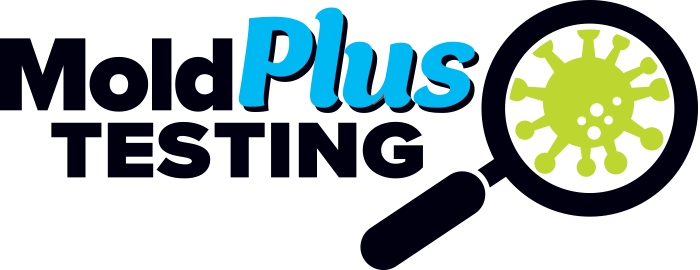Air Quality Testing
If you suspect microbial contamination to be one of the causes of poor air quality in your home or workplace, an air quality inspection may be needed.
We start with a complete inspection of your home or workplace to look for visual signs of mold growth. This inspection includes an exterior and interior investigation. All areas likely to have mold growth are inspected (e.g., bathrooms, utility rooms, kitchens, Etc.). The inspector will enter the Attic and, yes, even the dreaded crawl space if a red flag is found within the living area. While mold is our main concern, the cause of the growth is also just as important since mold cannot grow without a moisture source. During the inspection, we look for moisture intrusion, water damage, musty odors, and visual mold growth. If any of these are found, a mold test is strongly recommended.
We use our specialized equipment to perform the mold testing and the customer is provided with a detailed laboratory report prepared by a certified mold inspector (CMI). The report includes the types of mold detected in the sample area; a raw count of the mold spores found in the air collected at the sampling sites as well as an estimated number of mold spores per cubic meter of air. In addition, it includes any sources of moisture or water intrusion entering the location that could be contributing to mold growth. The information provided in the report will help you determine the next steps to improve your home or workplace air quality.
Atlanta Air Quality Testing Services
Air Samples:
Direct ID:
Occasionally, an inspection may warrant a surface sampling to determine fungal identification on visible areas of growth or to confirm that an area has been adequately remediated. The most common surface sampling is a direct tape lift or swab of the affected area. The contaminated media is sent to the laboratory for microscopic examination to determine exactly what is growing on the surface. Other forms of direct ID sampling are available upon request or determined by need.
